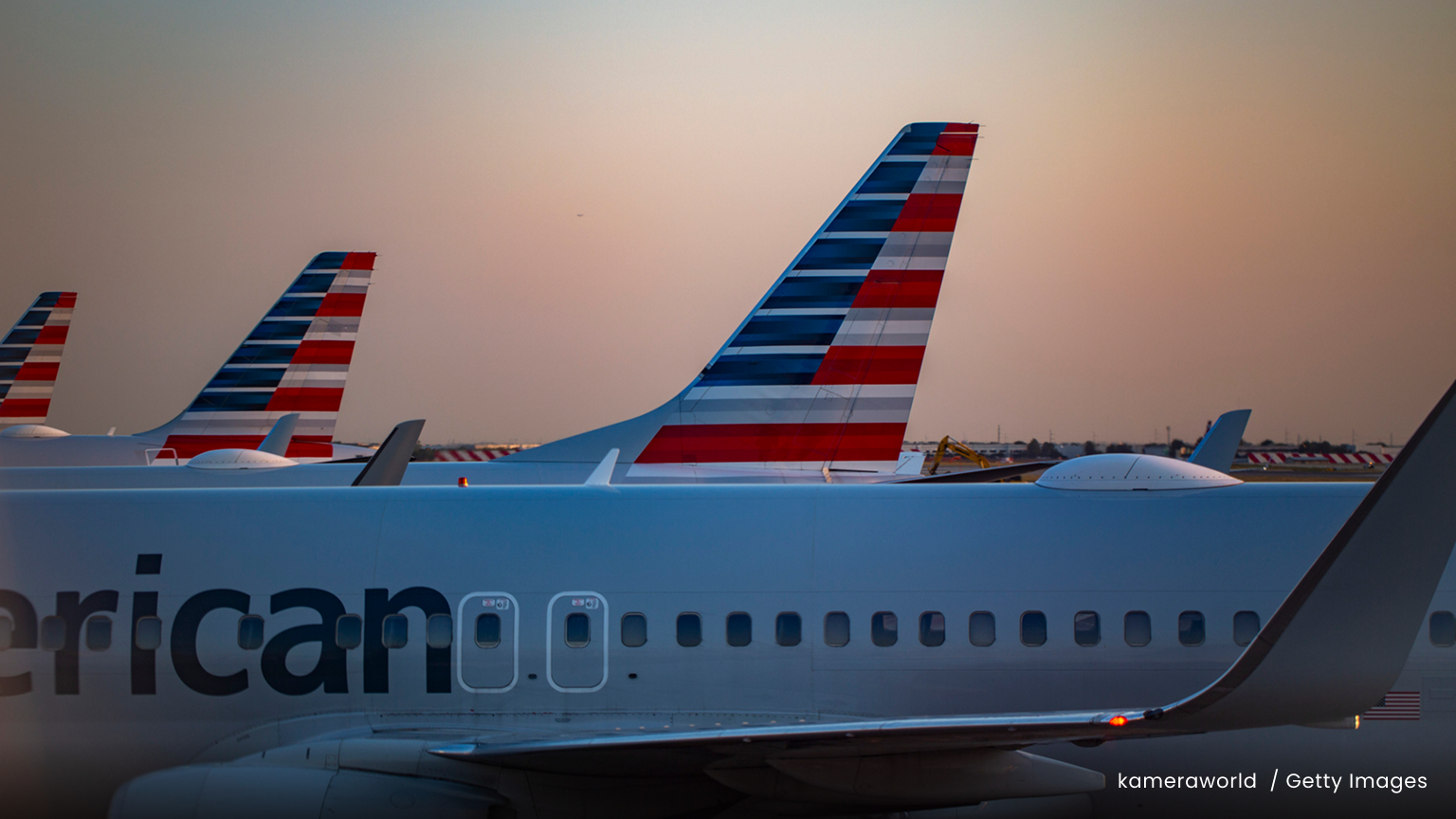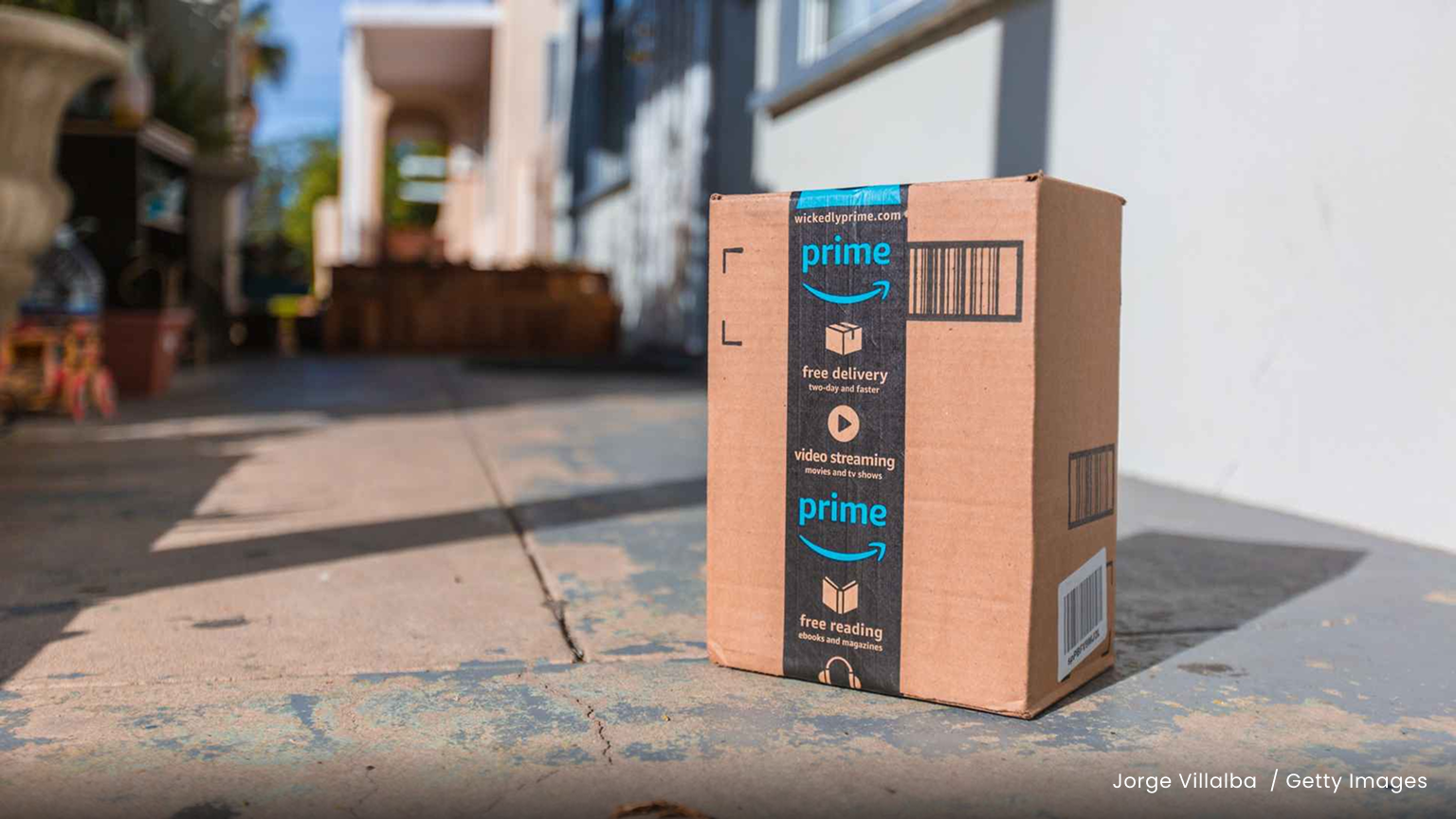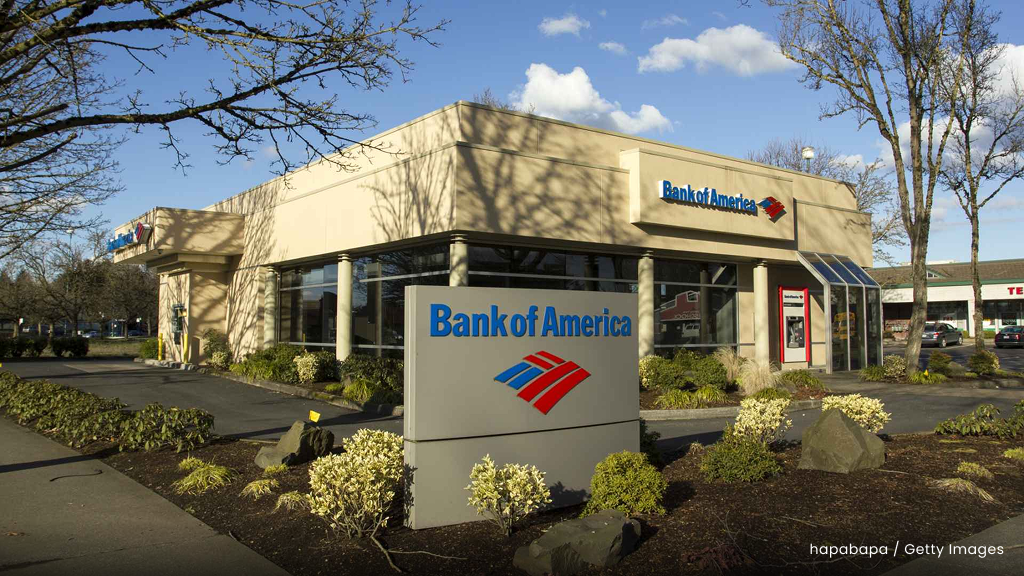Is the American Express Blue Cash Everyday Worth It?

The Blue Cash Everyday® Card from American Express, an advertising partner, is a no-annual-fee card that offers elevated cash back rewards on spending.
As a cardholder, I’ve found those cash-back rewards to be the card’s main ongoing draw, but cardholders also get access to a couple of statement credits and protections that may have occasional utility.
Plus, the Amex Blue Cash Everyday Card comes with a respectable welcome offer and 0% intro APR on purchases and on balance transfers for 15 months from the date of account opening, then 19.99%-28.99% Variable APR.
Quick Verdict
Consumers looking to earn rewards at U.S. Supermarkets, U.S. online retail and at U.S. gas stations will get the most out of American Express Blue Cash Everyday benefits, depending on their spending levels.
If you spend more than $6,000 a year at U.S. supermarkets, U.S. online retailers or U.S. gas stations, another card could be a better fit — the rewards rate reverts to 1% in each of those categories after that threshold.
If you spend a lot outside of those bonus categories, you should consider a card that earns better than the 1% base rate this card offers.
Blue Cash Everyday Card: At a Glance
- Annual fee: $0
- Welcome offer: Earn a $200 statement credit after you spend $2,000 in purchases on your new Card within the first 6 months.
- 0% introductory APR: 0% intro APR on purchases and on balance transfers for 15 months from the date of account opening, then 19.99%-28.99% Variable APR.
- Rewards structure: Earn 3% cash back at U.S. supermarkets on up to $6,000 per year in purchases, then 1%. Earn 3% cash back on U.S. online retail purchases, on up to $6,000 per year, then 1%. Earn 3% cash back at U.S. gas stations, on up to $6,000 per year in purchases, then 1%. Cash back is received in the form of Reward Dollars that can be redeemed as a statement credit and at Amazon.com checkout.
- Statement credits: Up to $7 back per month as a statement credit to help cover an eligible Disney Plus, Hulu or ESPN Plus subscription. Up to $15 back per month for an eligible Home Chef meal kit subscription.
- Other perks: Purchase protection, which offers reimbursement for the theft of or damage to eligible purchases, and secondary car rental insurance, which can cover costs your primary insurance doesn’t.
Who Should Consider the Blue Cash Everyday?
Consumers who regularly spend on groceries, gas or online retail may want to consider the Blue Cash Everyday Card. Note that these rewards categories only apply to U.S. spending.
The card’s 0% APR offer may also be a draw, but some other cards offer longer periods, so this probably won’t be a selling point on its own.
If you want a cash-back credit card like this but aren’t sure you’ll qualify, this card may also appeal. That’s because of Amex’s “Apply With Confidence” feature, which allows eligible consumers to see if they’ll be approved before officially submitting an application.
Who Should Skip the Blue Cash Everyday?
If you already have a rewards credit card that earns well on gas, groceries and/or online retail, you may not benefit from this card. Many other cards offer base rewards rates better than 1%.
You should also consider skipping this card if you anticipate carrying a balance month to month. Rewards credit cards typically have high ongoing APRs that will quickly overtake the value of any rewards you earn.
How To Maximize Blue Cash Everyday’s Value
You can maximize the value of the Amex Blue Cash Everyday Card by spending in its bonus categories. If you’re budgeted to spend more than $6,000 per year in any of the 3% cash back categories, you may want to consider another card, or at least switch to a card with a better than 1% rewards rate once you hit that mark.
Tips To Get the Most Out of the Card
Use the Card for Bonus Category Spending
This is the main way that I use the Blue Cash Everyday Card, which I primarily opened to serve as my grocery credit card. Unless my rotating category card (Discover it® Cash Back) is offering a higher cash back on groceries, I use my Blue Cash Everyday Card.
Being familiar with your household’s budget can also pay off here. Although $6,000 is a high cap in each of these categories, you can switch to a card that earns better than a 1% rate, such as a 2% cash back credit card, when and if you hit it.
Take Advantage of the Introductory APR
If you have a big purchase planned or a balance to pay off on another credit card, this card’s introductory APR can help you save.
You’ll have to pay a balance transfer fee of 3% of the transferred amount (or at least $5), but this can easily be worth it if you’re paying interest on another card.
Keep an Eye on Purchase Protection
The Blue Cash Everyday Card provides coverage that can get you your money back if an eligible item is accidentally damaged or stolen. That coverage applies within 90 days of a purchase and has limits.
Final Verdict on the Amex Blue Cash Everyday
Consider the Blue Cash Everyday Card if its 3% cash back categories match your spending and would be an improvement upon earnings from any existing rewards cards you may have.
If you already use Home Chef, Disney Plus, ESPN Plus or Hulu, the monthly statement credits can also help you save.
This card isn’t a good choice for international purchases, because it charges a 2.7% foreign transaction fee.
For the Purchase protection and Car Rental Loss & Damage Insurance on the Blue Cash Everyday® Card from American Express, Eligibility and Benefit level varies by Card. Terms, Conditions and Limitations Apply. Please visit americanexpress.com/benefit sguide for more details. Underwritten by AMEX Assurance Company.
Frequently Asked Questions About the Amex Blue Cash Everyday
What are the downsides of the Amex Blue Cash Everyday?
The Blue Cash Everyday Card caps its 3% rewards categories at $6,000 in annual spending and offers a base rewards rate of just 1%. Also, the rewards categories are restricted to U.S. merchants, and the card charges a 2.7% foreign transaction fee.
Which is better, Blue Cash Preferred or Blue Cash Everyday?
As with most questions in personal finance, it depends. The Blue Cash Preferred® Card from American Express, an advertising partner, has a $0 intro annual fee for the first year, then $95. It offers double the cash back rate (6%) at U.S. supermarkets, with the same $6,000 cap (then 1%). Plus, you can earn 3% back at U.S. gas stations with no limit. Here’s our comparison of the Blue Cash Everyday vs. Blue Cash Preferred to help you decide which is better for you.
What credit card is good for groceries?
The Blue Cash Preferred Card offers a leading cash-back rate on groceries, with 6% back at U.S. supermarkets on the first $6,000 spent each year (then 1%). But you’ll have to determine whether the annual fee is worthwhile.













